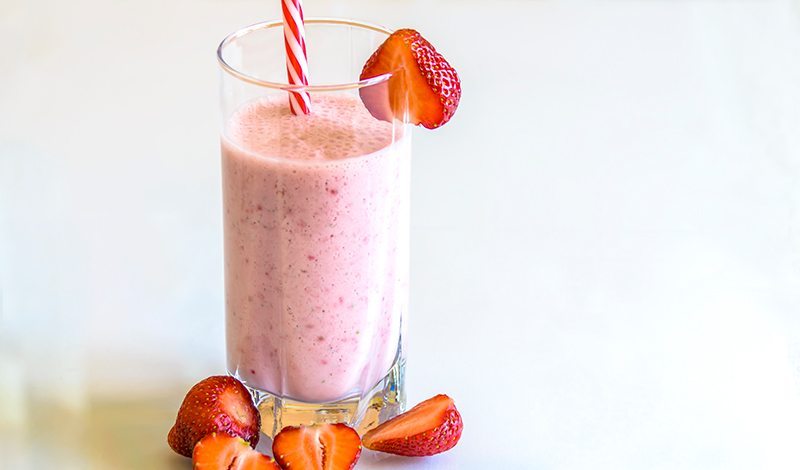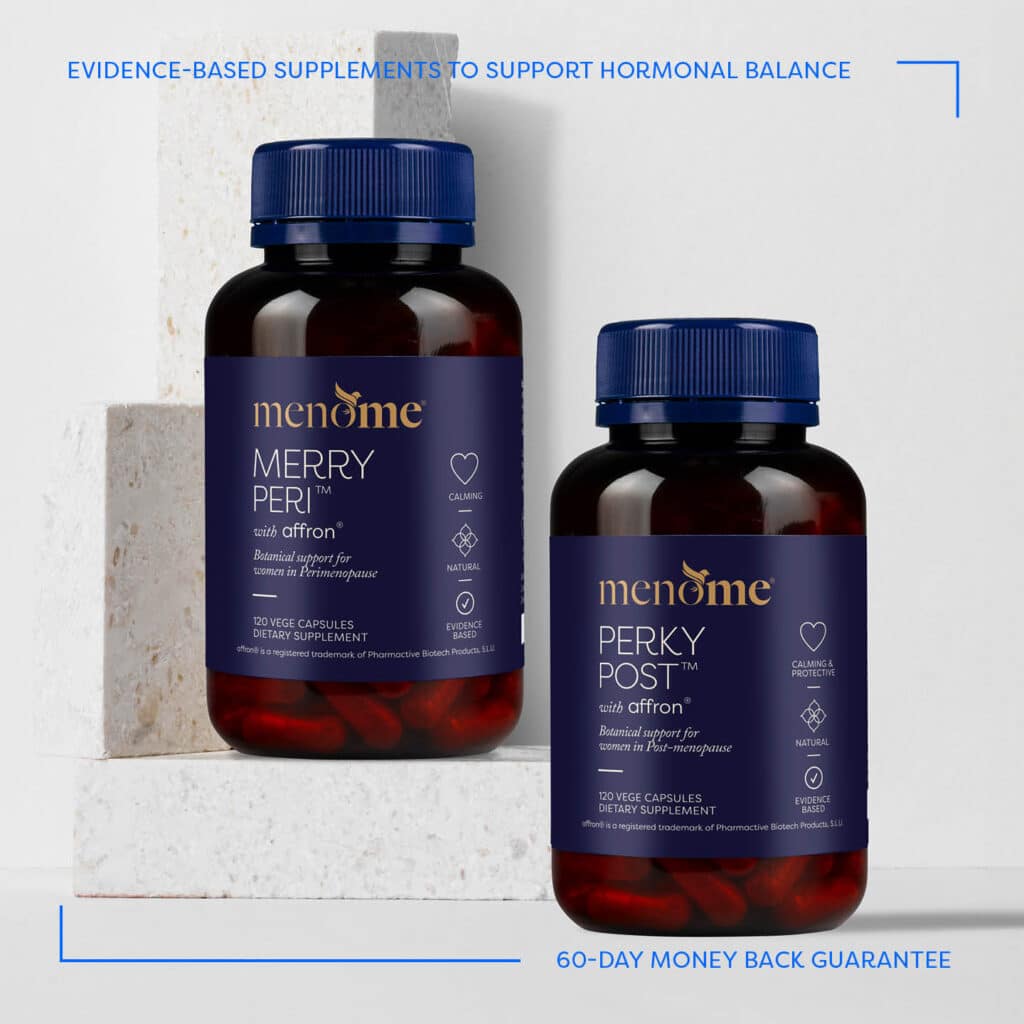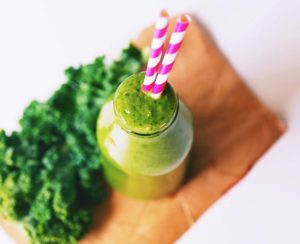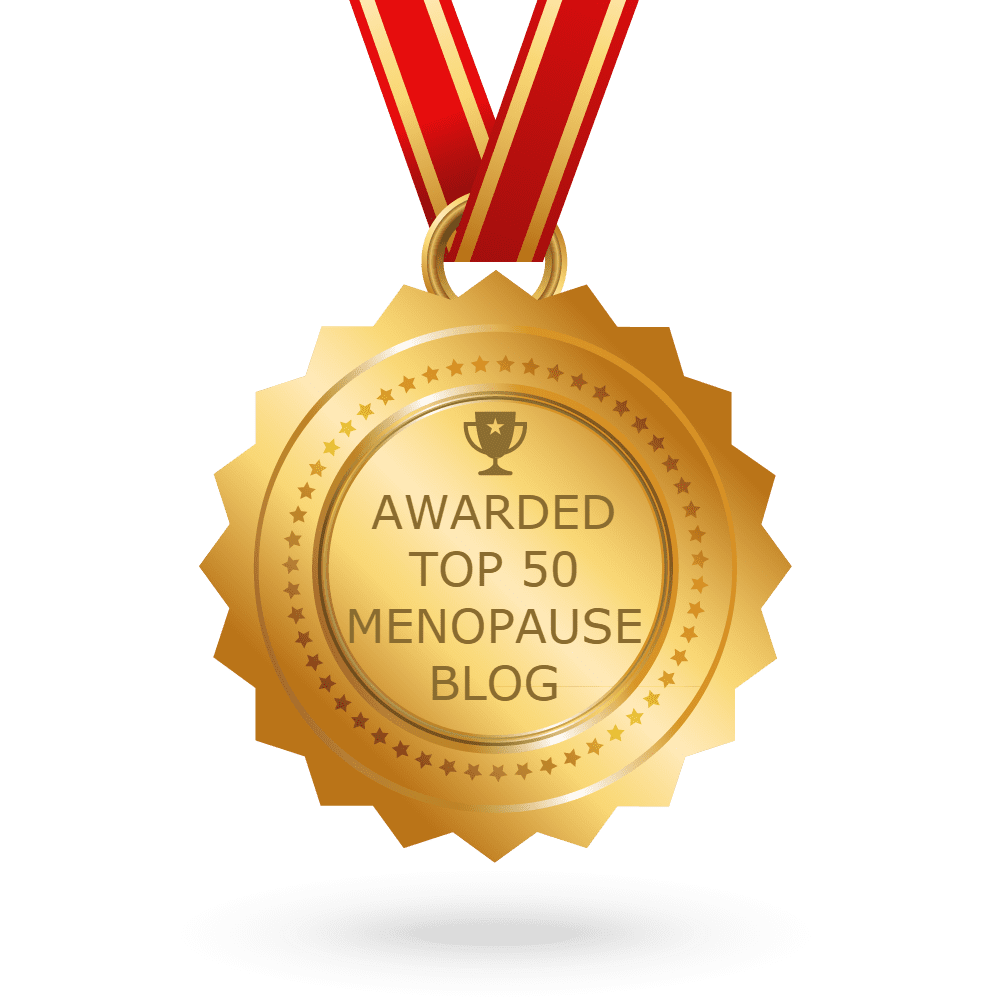A long, cool strawberry mojito mocktail is just the thing when the heat is on. What’s more, it could be a goody for summer ‘do’s’ too.
Summertime and the living is easy. So just because it’s better to avoid alcohol during peri/menopause it doesn’t mean we should miss out.
Tip: alcohol tends to muck with our hormones during menopause. It also burdens our hard working livers.
This was a long-awaited, non-alcoholic mojito recipe that we had on the wishlist but were yet to try. And let me tell you it doesn’t disappoint. Nothing beats strawberries right?
Adding all the sparkle and zest of lemon and mint makes this wee cocktail darned good.
In fact, it’s so tasty we drank two of them in the test kitchen!
And the good news is it fits right in with watching your waistline.
A long, cool mojito is just the thing when the heat is on. Share on X
Strawberry Mojito Mocktail
Ingredients
- 1 cup strawberries
- 1 cup sparkling water
- 1 generous handful chopped mint leaves (according to taste)
- Juice of 1 lime or lemon
- Zest of 1 lime or lemon
- To make it a protein shake: Add 1-2 scoops of your fave protein powder.
Optional
- Ice
- Garnish with strawberry, mint leaves or a lemon/lime wedge
To make:
Hull the strawberries, chop the mint, grate and squeeze the lemon and mix together.
So easy.
Cheers m’dears!
Main image via Pexels with thanks.










